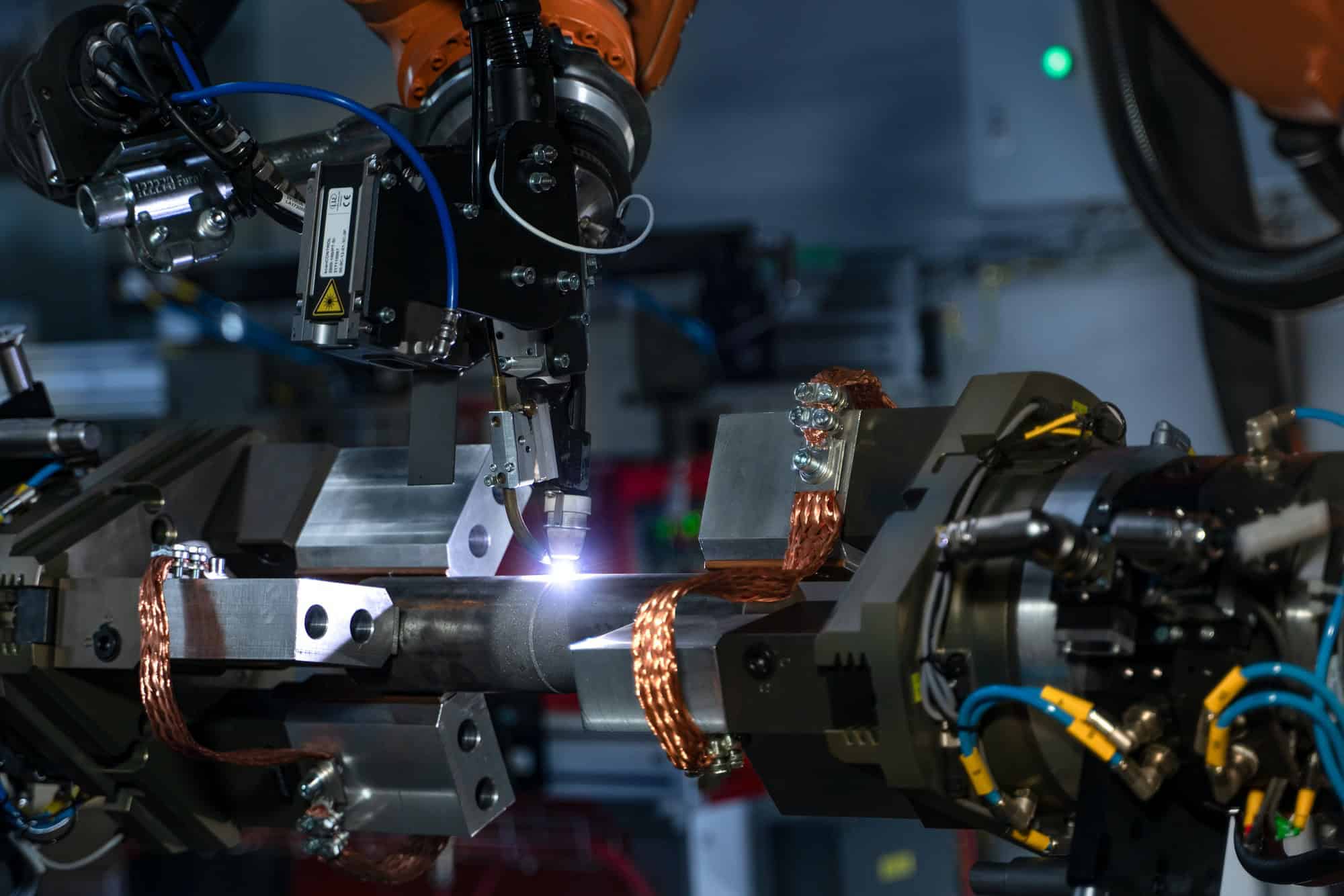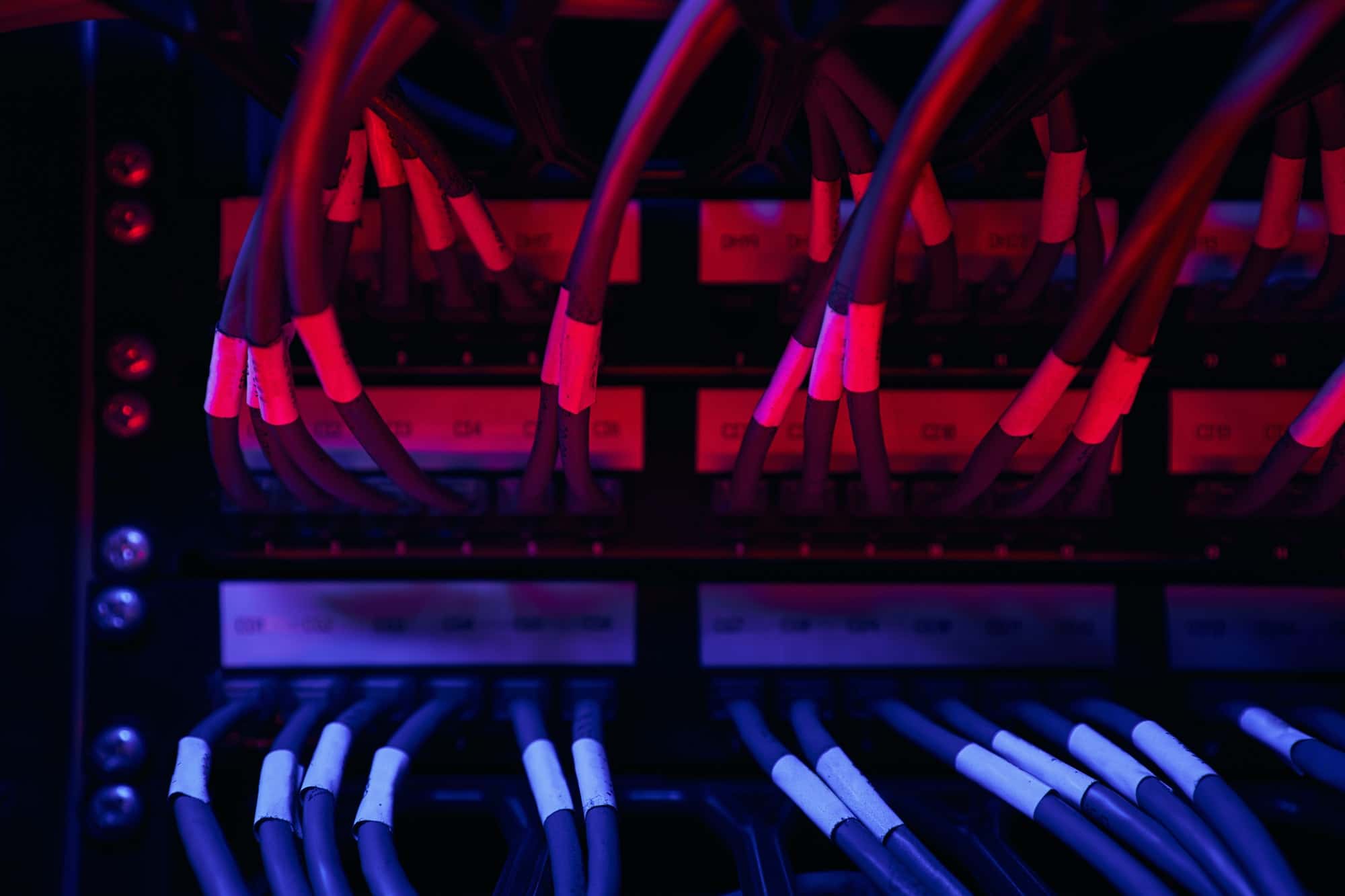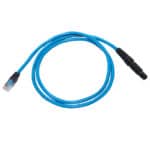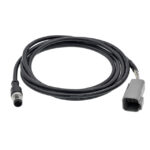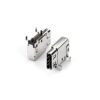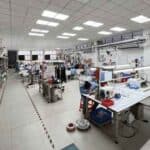
USB4 Cable Specifications: The Future of High-Speed Connectivity
Introduction As technology continues to evolve, the demand for faster, more efficient connectivity solutions has become critical for businesses and consumers alike. USB4, the latest iteration in the Universal Serial Bus (USB) family, addresses this







